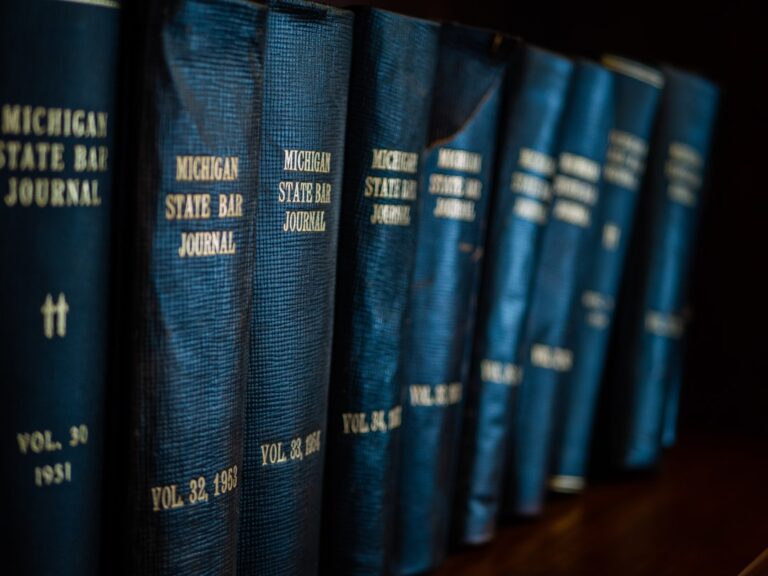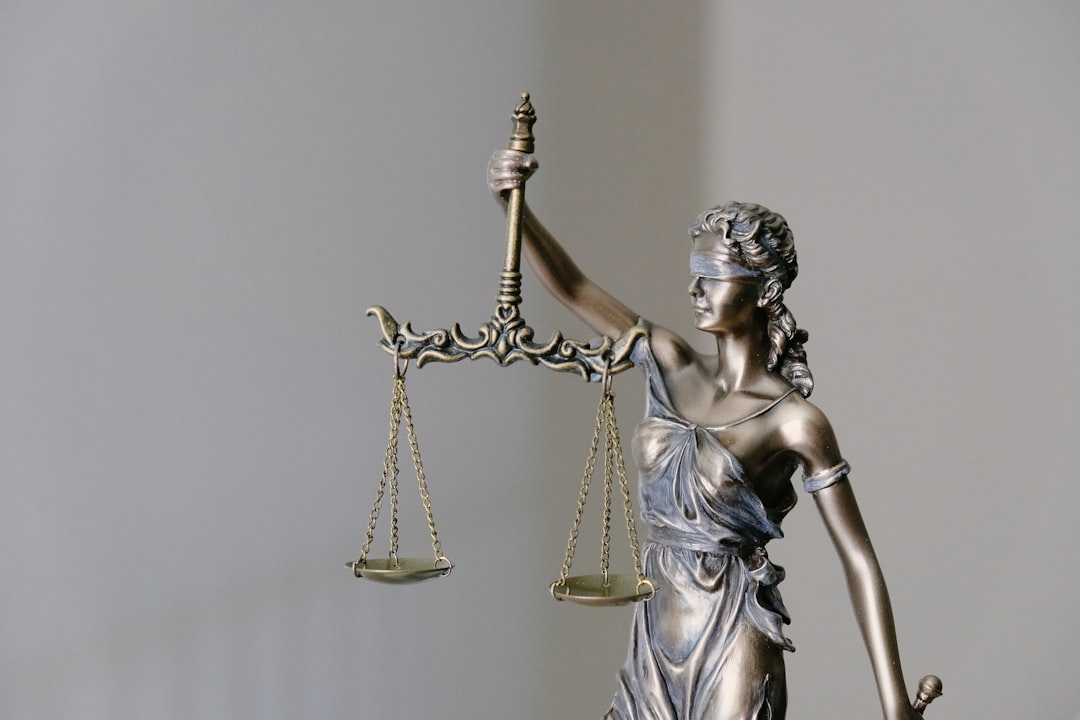In Indiana, especially in Elkhart, digital evidence is transforming sexual abuse cases, offering a powerful tool for prosecutors (sexual abuse lawyers) thanks to advanced forensics on electronic devices. Navigating the admissibility of this evidence requires legal professionals to master state rules, ensuring relevance, authenticity, and proper handling of sensitive data like text messages, emails, and deleted records while respecting privacy rights. Success in these cases hinges on experts who can effectively utilize digital footprints, empowering victims and securing justice through robust legal protocols.
In the digital age, digital evidence plays a pivotal role in sexual abuse cases. As a sexual abuse lawyer in Indiana, understanding and leveraging this evidence can significantly impact trials. This article delves into the intricacies of digital evidence admissibility, exploring its crucial aspect in sexual abuse cases. We navigate the legal protocols in Indiana, discuss challenges and considerations to protect victims’ rights, and present success stories from real-life case studies.
Understanding Digital Evidence: A Crucial Aspect in Sexual Abuse Cases

In the complex landscape of sexual abuse cases, digital evidence has emerged as a critical and often game-changing element. For a sexual abuse lawyer in Indiana, understanding this aspect is paramount as it can significantly shape the outcome of a trial. Digital evidence encompasses a wide range of data from electronic devices like smartphones, computers, and other connected appliances that were potentially used or owned by the accused or the victim. This includes text messages, emails, social media posts, web browsing history, digital photographs, and even voice recordings.
Given the sensitive nature of sexual abuse cases, this digital footprint can be a powerful tool in building or dismantling a prosecution’s case. However, it also requires meticulous handling to ensure its admissibility in court. Legal professionals must be adept at navigating the complexities of data collection, preservation, and interpretation while adhering to strict legal protocols to guarantee that digital evidence is properly utilized and, most importantly, admissible as per Indiana’s rules of evidence.
The Admissibility Process: Navigating Legal Protocols in Indiana

In Indiana, navigating the admissibility of digital evidence in sexual abuse cases is a complex process that requires careful consideration and expertise. A sexual abuse lawyer in Indiana must understand the legal protocols and guidelines set forth by state laws and court precedents. The first step involves assessing the relevance and authenticity of the digital evidence, ensuring it meets the standards for admissibility under Indiana Rule of Evidence 402 and 403. This includes verifying the source, integrity, and chain of custody to prevent any tampering or alteration.
Once the initial criteria are met, a sexual abuse lawyer will argue for its admissibility in court, citing relevant case law and statutes. The process may involve depositions, expert witness testimony, and detailed arguments on how the digital evidence supports or refutes allegations of sexual abuse. Legal professionals must also address potential objections from the defense, such as violations of privacy or the absence of a reliable method for obtaining the evidence. Effective navigation of these legal protocols is crucial to ensure that digital evidence is properly considered in Elkhart sexual abuse cases.
Challenges and Considerations: Protecting Victims' Rights

Navigating digital evidence admissibility in Elkhart sexual abuse cases presents unique challenges for both legal professionals and victims. With the proliferation of digital communication, social media, and online interactions, a significant amount of relevant evidence now resides in electronic formats. However, this shift also brings complexities regarding data integrity, authentication, and privacy concerns. For instance, a sexual abuse lawyer in Indiana must carefully consider the admissibility of emails, text messages, or even deleted digital footprints that might hold crucial information about the crime.
Protecting victims’ rights is paramount during this process. Legal teams must ensure that any digital evidence collected, stored, and presented in court adheres to strict protocols to maintain the confidentiality and dignity of survivors. This includes employing secure data handling practices, obtaining proper legal authorizations for access, and adhering to state laws regarding electronic surveillance. Moreover, victims should be informed about the use of their digital footprint as evidence, giving them a sense of agency and control over their experience within the legal system.
Case Studies: Success Stories in Digital Evidence Presentations

In numerous instances, digital evidence has proven to be a powerful tool in sexual abuse cases in Elkhart, Indiana. Skilled sexual abuse lawyers have successfully utilized digital forensics to uncover and present compelling evidence that has led to justice being served. Case studies demonstrate the effectiveness of this approach; for example, in a recent high-profile case, detailed online interactions were meticulously documented, providing irrefutable proof of the defendant’s guilt. This digital trail became a crucial element in securing a conviction.
These success stories highlight the importance of digital evidence in sexual abuse trials. With the right legal representation, specialized knowledge, and thorough investigation, digital forensics can reveal hidden truths and ensure that victims receive the justice they deserve. Sexual abuse lawyers in Indiana are increasingly recognizing the value of this technology in building strong cases.





